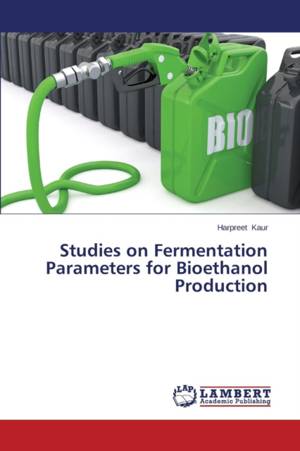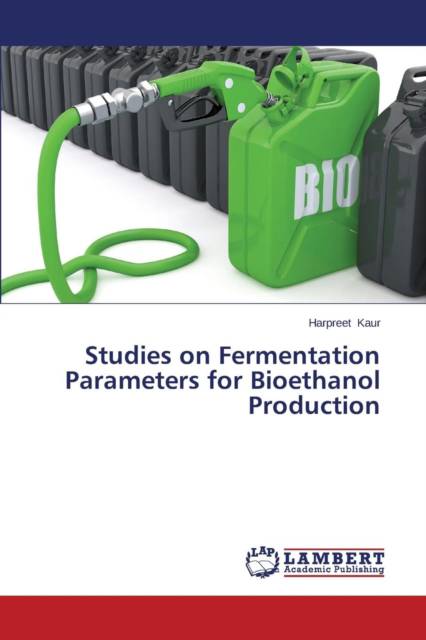
Bedankt voor het vertrouwen het afgelopen jaar! Om jou te bedanken bieden we GRATIS verzending (in België) aan op alles gedurende de hele maand januari.
- Afhalen na 1 uur in een winkel met voorraad
- In januari gratis thuislevering in België
- Ruim aanbod met 7 miljoen producten
Bedankt voor het vertrouwen het afgelopen jaar! Om jou te bedanken bieden we GRATIS verzending (in België) aan op alles gedurende de hele maand januari.
- Afhalen na 1 uur in een winkel met voorraad
- In januari gratis thuislevering in België
- Ruim aanbod met 7 miljoen producten
Zoeken
€ 68,45
+ 136 punten
Omschrijving
In recent years, largely in response to uncertain fuel supply and efforts to reduce carbon dioxide emissions, bioethanol has become one of the most promising biofuels today. It is considered as the only feasible short to medium alternative to fossil transport fuels worldwide. The market potential for bio ethanol is therefore not just limited to transport fuel or energy production but has potential to supply the existing chemicals industry e.g. pharmaceuticals, cosmetics, beverages and medical sectors. The production of bio ethanol from traditional means, or 1st Generation Biofuels is based upon from sugar crops like sugar cane or sugar beet and starch crops like corn, wheat and rice as presented in the present study. Advances in development of ligno-cellulosic technology have led to the production of 2nd Generation Bio fuels from woody biomass or waste residues from forestry. In future, bio fuel production should be further emphasized and other new cheapest sources for its production should be exploited for potential industrial products and to take a lifetime alternative of transport fuels.
Specificaties
Betrokkenen
- Auteur(s):
- Uitgeverij:
Inhoud
- Aantal bladzijden:
- 124
- Taal:
- Engels
Eigenschappen
- Productcode (EAN):
- 9783659249617
- Verschijningsdatum:
- 3/04/2014
- Uitvoering:
- Paperback
- Afmetingen:
- 150 mm x 220 mm
- Gewicht:
- 191 g

Alleen bij Standaard Boekhandel
+ 136 punten op je klantenkaart van Standaard Boekhandel
Beoordelingen
We publiceren alleen reviews die voldoen aan de voorwaarden voor reviews. Bekijk onze voorwaarden voor reviews.









